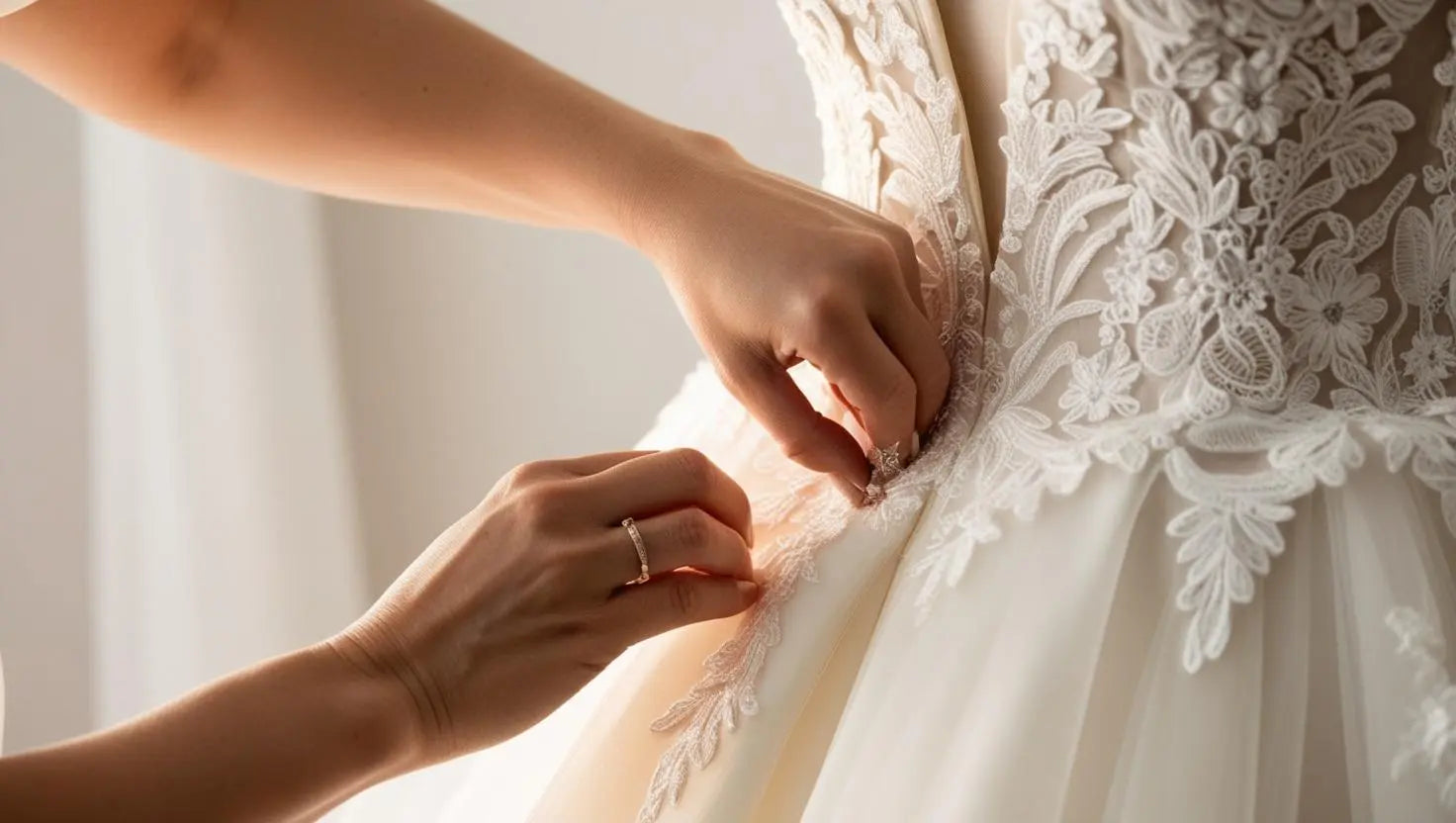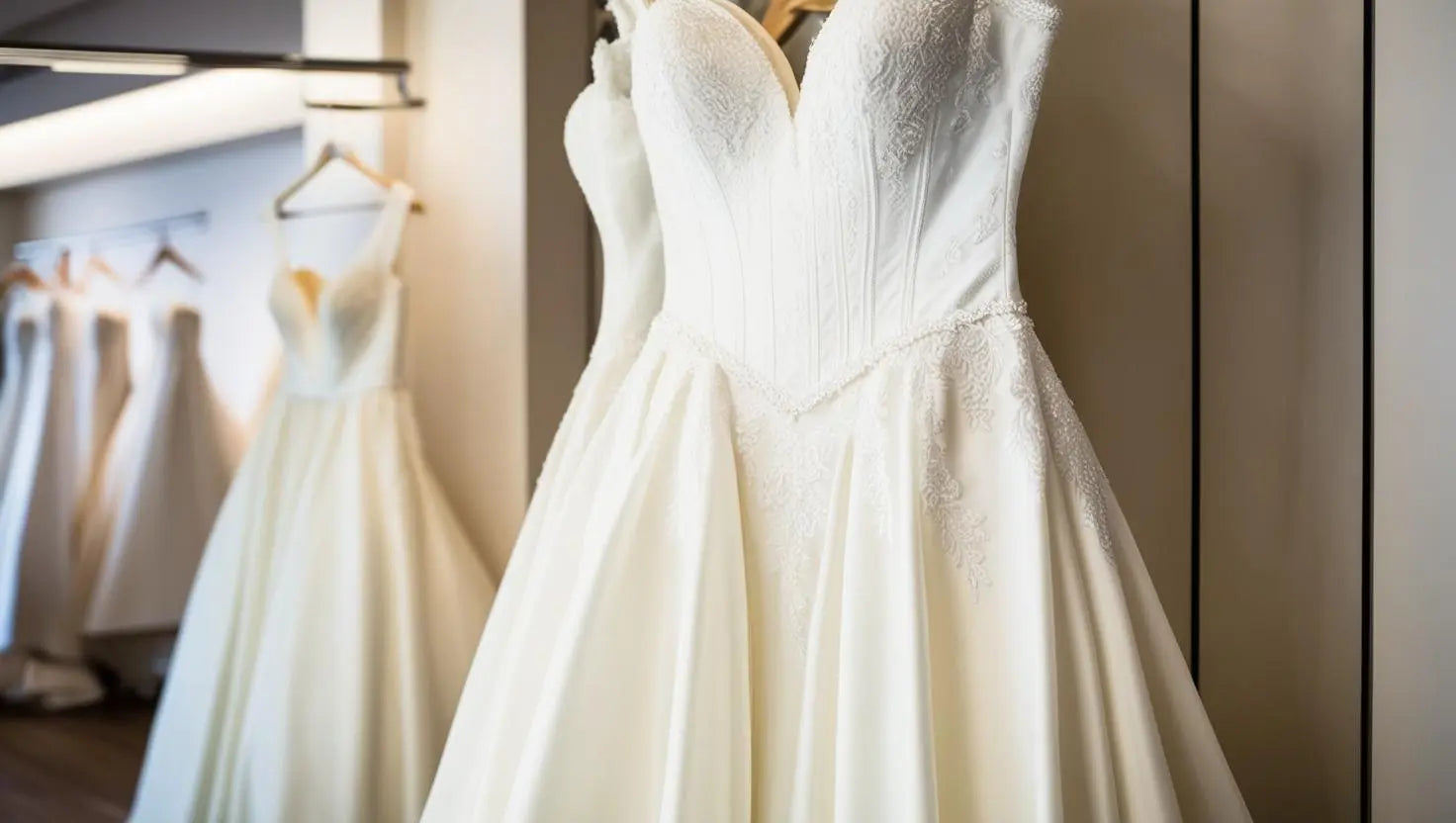
Essential Wedding Dress Alterations: Transform Your Gown with Ease
Your wedding day is one of the most important events in your life. Finding the dream gown is just the beginning of the journey. Most brides find that wedding dress alterations are crucial in ensuring their dress fits perfectly. These adjustments can transform your gown, making it look and feel just right. Whether you’re looking to customize your dress or simply perfect the fit, understanding common wedding dress alterations is essential. Here, we’ll explore crucial alterations that can enhance your bridal look while ensuring comfort and style.
Understanding the Need for Wedding Dress Alterations
Why Alterations Are Necessary
Every bride’s body is unique, and store-bought dresses are usually designed to fit a general size range. This means most gowns require alterations to fit well. Proper adjustments enhance your shape and make the gown more comfortable to wear on your big day. Whether it's adjusting the neckline, adding a train, or making minor tweaks, alterations ensure your gown flatters your figure perfectly.
When to Start the Alteration Process
Timing is also vital for alterations. It's recommended to begin the process as soon as your dress arrives, ideally eight to twelve weeks before your wedding date. This way, you can schedule multiple fittings to make necessary adjustments without any rush. Starting early also allows time for any unexpected changes or modifications you might want.
Common Wedding Dress Alterations to Consider
1. Hemming
Hemming is one of the most common alterations for wedding dresses. Dresses often come too long, meaning that adjustments are needed to ensure you can walk and dance without tripping. Your tailor will measure your height while considering your chosen shoes to create a perfect hem length.
2. Taking in or Letting Out
- Taking In: Adjusting the sides of the gown to create a fitted look, especially at the waist and bust. This helps the dress hug your curves seamlessly.
- Letting Out: For brides who anticipate weight changes, letting out seams can provide extra space. This is more complex, but skilled tailors can often ease the fabric without compromising the dress's integrity.
3. Altering the Straps
Straps can drastically affect the fit of your gown. If they are too long, they can cause the dress to slip or feel loose. Shortening the straps is a relatively simple alteration that can enhance comfort and support. In some cases, you might also want to add straps if you've chosen a strapless gown.
Transformational Alterations for a Unique Look
4. Custom Neckline Adjustments
Neckline customization is a popular alteration that can dramatically change the look of your gown. Whether you prefer a plunging, sweetheart, or higher neckline, a skilled seamstress can make those adjustments to ensure you feel confident and beautiful.
5. Adding Sleeves
If you've fallen in love with a sleeveless dress but want more coverage, consider adding sleeves. This can transform the gown from casual to elegant and is perfect for fall or winter weddings. A seamstress can add cap sleeves, lace sleeves, or even detachable sleeves for a versatile look throughout your celebration.
Functional Alterations to Elevate Your Gown
6. Creating a Bustle
If your gown has a train, a bustle is essential for making it easier to move around during your reception. This alteration allows you to lift the train off the ground to prevent tripping while dancing. There are various bustle styles, and a professional can help you choose what works best for your dress.
7. Adding a Waist Stay
A waist stay is a helpful alteration for strapless dresses. It’s an internal support mechanism that keeps the dress secure and prevents it from slipping down. This alteration is usually quick and inexpensive and can significantly improve comfort throughout your wedding day.
Conclusion: Perfecting Your Bridal Look
Wedding dress alterations are a vital part of ensuring you look and feel your best on your special day. These adjustments, whether for fit, function, or style, can truly transform your gown, making it a perfect reflection of you. Remember to start your alterations early, communicate openly with your tailor, and bring any inspiration or ideas you have to your fittings. Your wedding dress is an essential part of your day, and with the right alterations, it will not only fit perfectly but also allow you to walk down the aisle with confidence and grace. Enjoy the journey of transforming your gown into the dress of your dreams!
Frequently Asked Questions (FAQ)
1. How long do wedding dress alterations take?
The duration depends on the complexity of the alterations but generally, expect at least two to three weeks for most adjustments. If multiple fittings are required, plan accordingly.
2. How much should I budget for alterations?
Alteration costs can range from $200 to $1,000 or more depending on the work needed and the gown's fabric. It’s a good idea to set aside a specific budget for alterations when planning.
3. What should I bring to my alteration fitting?
Bring your wedding shoes, any undergarments, and any accessories you plan to wear to ensure accurate fitting. This allows your tailor to assess the gown’s length and overall look.




Leave a comment
This site is protected by hCaptcha and the hCaptcha Privacy Policy and Terms of Service apply.